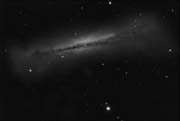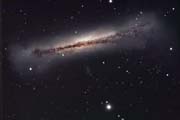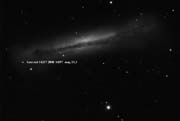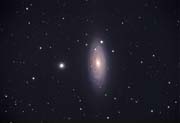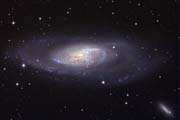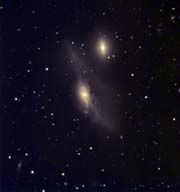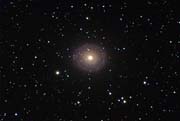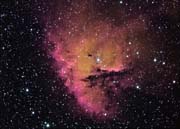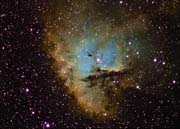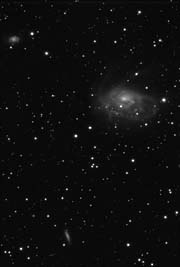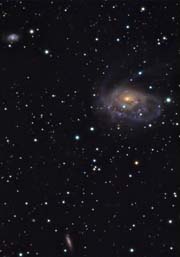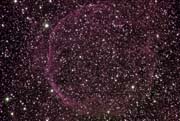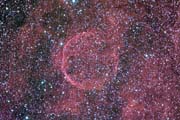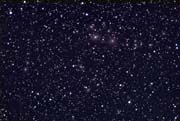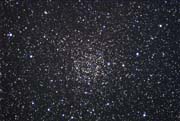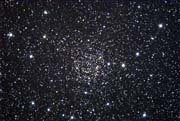|
With all the experimentation with lenses, my main imaging
took a back seat for a while, and May twilight nights were
upon me. But still good Astronomical twilight, so with a
nicely clear night on 12th May 2010, I thought I'd try (with
a view to returning in September) and see if I could pick
out the extended shell of NGC 6543 - the Cat's Eye nebula in
Draco. And I could!! But it's faint, and I used 11 x 10
minute subs binned 2x2 to get as much data as possible in
the limited time. To get a decent result unbinned will
require many hours of data. The nebula itself 'bloomed' in
about a minute, so of course was horrible in the 10 minute
subs, but I took several one minute frames as well to get a
bit of structure and pasted it into the centre. No colour,
probably no chance now until the Autumn, but we shall
see....
ST-10XME with AO-8 on Meade 12"" at f10.
The core nebula is very small - only 20 arc-seconds. To
image at a reasonable size the seeing would have to be sub
arc-second and a 3x Barlow used. OK I've got a Barlow, but
the seeing? No chance in the UK!
|

|
